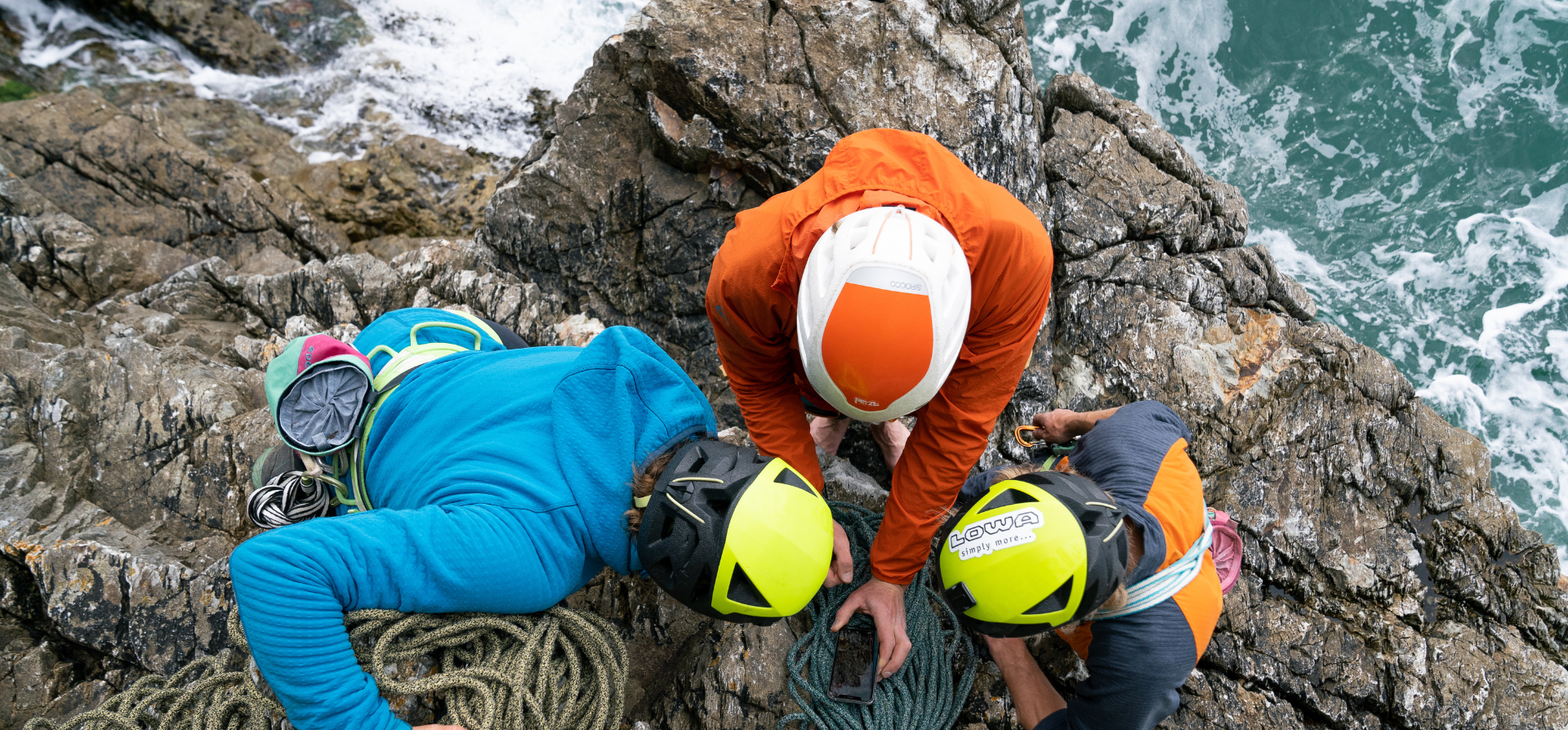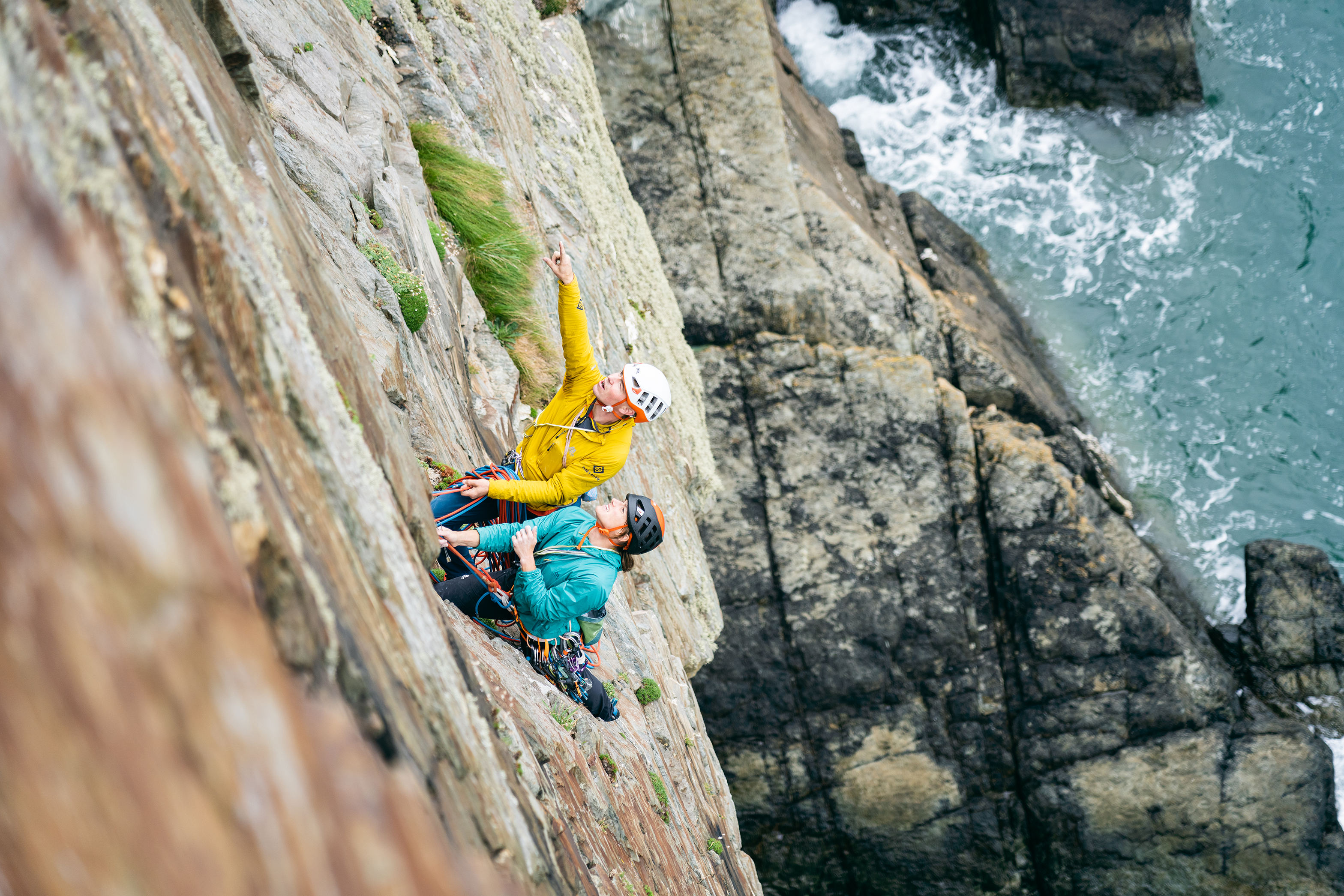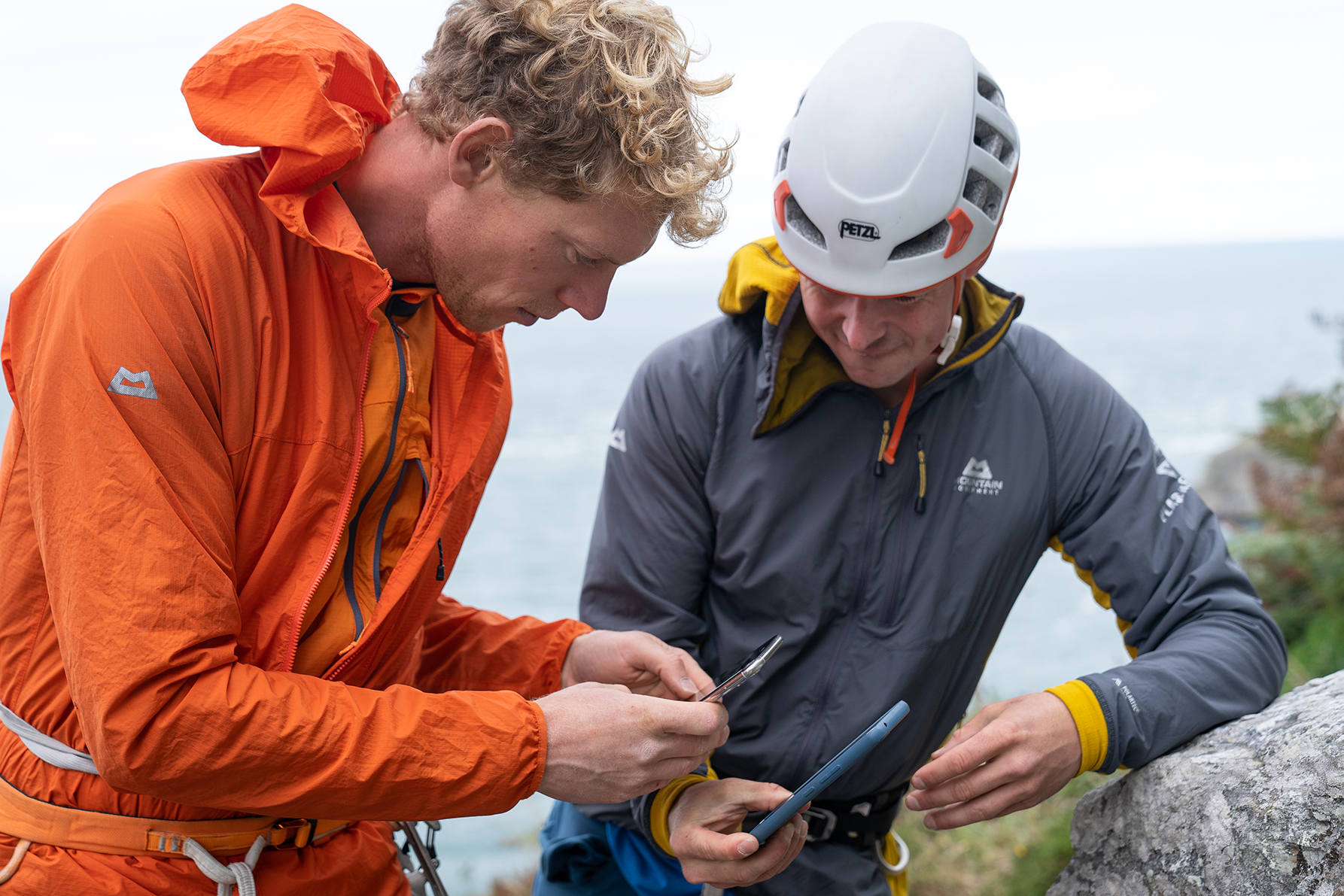Whether you are a mountain guide or instructor, working at height in foul weather, a Mountain Rescue team member, or a member of the armed forces, at one time or another you will be relying on your kit.
While the demands placed on your kit might be more extreme than those of the average amateur, the failure mechanisms are usually the same, so we recommend that you look at the individual care pages for each of your products, remembering that routine maintenance and washing will have to take place more regularly than usual owing to the typically more frequent or more demanding wear and use. In addition, here are some things you might want to consider when caring for your kit.

Buying Kit That Will Last
When buying equipment for professional use consider the following:
- All things being equal, lightweight kit doesn’t last as long as heavyweight kit. You wouldn’t take clients out using 7mm half ropes every day expecting the ropes to last; you can’t expect a 250 gram waterproof jacket to last long given daily professional use either.
- Look for higher denier fabrics. Denier is a measure of fibre weight and generally speaking higher denier means greater durability. For waterproof clothing being used daily in foul conditions (as opposed to just-in-case summer use), 80D should be considered a minimum.
- Buy stuff that you know will work. You don’t need to be too conservative, but if buying a product that’s new to market, make sure it’s been thoroughly field tested so any potential snags have been ironed out.
- If you’re an equipment officer, quartermaster, etc. and you buy clothing and equipment for other people to use then buy stuff that your staff want to wear. Emotional durability – how long will it be until they want to wear something else – is a key part of durability.
- Consider how easy something is going to be to repair. Cut-and-sew products (those made using a sewing machine and without bonding or lamination) are generally easier to repair than bonded ones. For example, most typical damage to softshell jackets could be repaired by a high street repairer, but a waterproof jacket or a bonded softshell is likely to be a different matter.
- Consider logos. If you have corporate logos to apply to your clothing then ensure that the garments have sufficient space on them and that they are able to be applied without damaging the garments. Whether to use a heat transfer, embroidery or a woven badge is not necessarily as simple as which looks best, and you should ask advice from whoever is selling.
- Do you need a tender? Some equipment will be bought by a tender system. If this is the case then try to ensure that the tender is rigorous and specific enough so as to ensure you end up with kit that meets your requirements.
- Gloves take a beating. Wear mechanisms differ depending on what the use is, but there is no such thing as an indestructible glove. In general, good quality leathers last longer than inferior ones. Cow leather is usually thicker than goat leather so can be more durable, but if thickness is equal then goat leather is almost always tougher than cow leather.
- Buy stuff that is easy to care for. Handwash only items might never get washed, or might get damaged when they’re thrown in frustration in the washing machine; stuff that needs washing after every wear will last less long than stuff that can be washing less frequently.
Keeping Kit for Best
Consider the use of your most expensive or most vulnerable equipment: do you need to wear your brand new waterproof if going canyoning where you’re going to be soaked no matter what you wear? Do you need to use your best alpine climbing pack for a day of cragging? Minimise wearing of expensive products like waterproof jackets to when you have to wear them. Keep your best kit for when you need it the most.

Kit Rotation
If you can, rotate your kit after a particularly wet day. Daily wear is usually fine, but if you’re having to dry for example gloves or packs aggressively then this will reduce their lifespan, and having duplicates which you can use on alternate days will make them last much longer. Having numerous versions of consumables (e.g. gloves for ropework) helps you keep on top of maintenance. Again, save your best stuff for when you need it most.
If it Works, it Works
There are various ways that professionals use kit which we wouldn’t necessarily recommend to most people. However, if it is works then it works. In the absolute foulest weather you can wear two waterproof jackets on top of one another, you can tape the sleeve of your waterproof jacket to your gloves… but there are other things you can do that will definitely help your kit last longer. For example, line your pack with a durable bag-for-life (e.g. rubble bag, Ikea bag, etc.) and it will vastly increase the durability of your backpack. A sleeping bag liner will greatly extend the life of a sleeping bag. Seam-sealing your gloves with wax or very flexible glues will invariably extend their lifespan.
Storing Kit
Store your kit somewhere cool, dark, and dry. If it’s seasonal kit then this is doubly important. Do any laundering and maintenance before you put it away for the season. Keeping kit in a damp van might be okay for a few weeks but after a few months it can get mouldy and may be irreparably damaged. It barely needs stating, but keep kit away from any chemicals that might cause damage (particularly a concern if you also do work at height with oily machinery or strong cleaning agents), and if in doubt, assume that a chemical is harmful to your kit.

Washing Kit
For most clothing we’d recommend professionals launder their equipment as any other outdoor user would be recommended. However, if you are in a Mountain Rescue team, armed forces, etc. and your kit has been contaminated by blood, bodily fluids, or might harbour harmful pathogens then more rigorous cleaning might be required. If this is the case then please contact us on how best to go about this and we will try to advise.
Retiring Clothing and Equipment
It can be very difficult to know when to retire your kit, though in some roles you may be told when to! If possible, phase out the retirement of something: as a Mountain Rescue team member it might be that your team waterproof isn’t as waterproof as it once was but it remains perfect for fundraising where you need to remain in uniform but don’t want to wear out your best kit. Products like synthetic jackets gradually get less warm with time, but just because they’re not as warm as they once were it doesn’t mean retirement. Whenever it comes to retiring kit, consider the following (in order):
1. Revere it: Our products are made to be used. Learn to value the experience etched into the very fabric of your gear. Every nick, every mark is not just wear & tear but a story and a statement.
2. Revitalise it - reproof the product, give it some care, make it work better.
3. Repair it - fix anything that’s wrong with it.
4. Reappropriate it - use it for something less demanding. Turn your old alpine climbing jacket into a jacket for instructing in less demanding places. Just because a waterproof is no longer suitable for the gnarliest of winter weather doesn’t mean it still can’t be used most of the time when you go out.
5. Relegate it - use the garment or equipment for something it’s not designed for but works perfectly for. Keep an old waterproof jacket in your car in case of breakdowns. Use an old waterproof jacket for gardening or washing the car in, wear it to the shops when it’s lashing it down.
6. Reassign it - donate the garment to a charity, to a local youth group, a school, an outdoor pursuit centre, or to someone homeless. There are some specialist charities who need outdoor clothing, and if you think a broken pocket keeps you from using it, there are many people who would very happily use it.
7. Reuse it - upcycle the garment or equipment into something else. There’s an infinite number of things you can make from retired outdoor kit. Check out our individual product care pages for some inspiration, and a quick search online often reveals various things that can be made from old outdoor kit.
8. Recycle it - it’s right down at number 8, and that’s because for most outdoor products it’s not a great option because it’s just too difficult: composite materials, a mixture of different polymers, complex construction… that’s why we’d ask that you try to do everything you can to keep your kit in use – either by you or by someone else - for longer.




